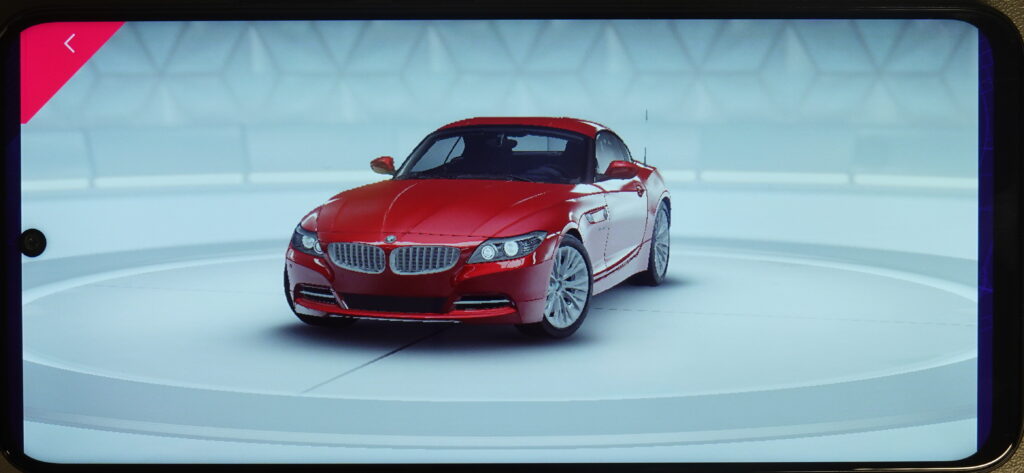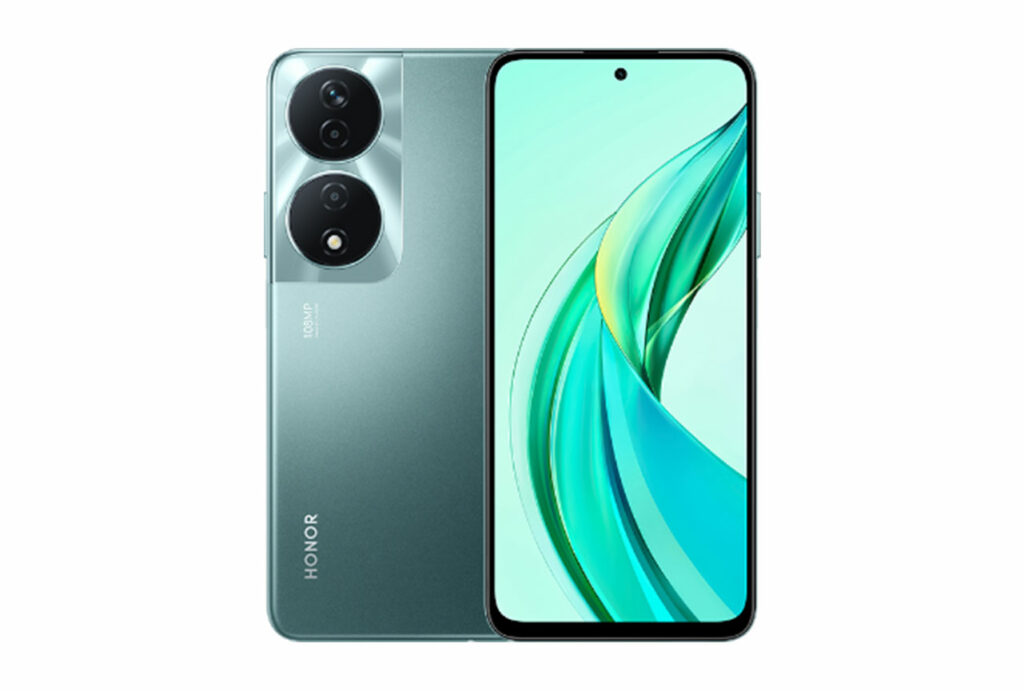We put the Honor 90 Smart through our rigorous DXOMARK Display test suite to measure its performance across six criteria. In this test results, we will break down how it fared in a variety of tests and several common use cases.
Overview
Key display specifications:
- 6.6 inches LCD IPS (~88.4% screen-to-body ratio)
- Dimensions: 166.7 x 76.5 x 8.24 mm (6.56 x 3.01 x 0.32 inches)
- Resolution: 1080 x 2412 pixels, (~389 ppi density)
- Aspect ratio: 20:9
- Refresh rate: 90 Hz
Scoring
Sub-scores and attributes included in the calculations of the global score.
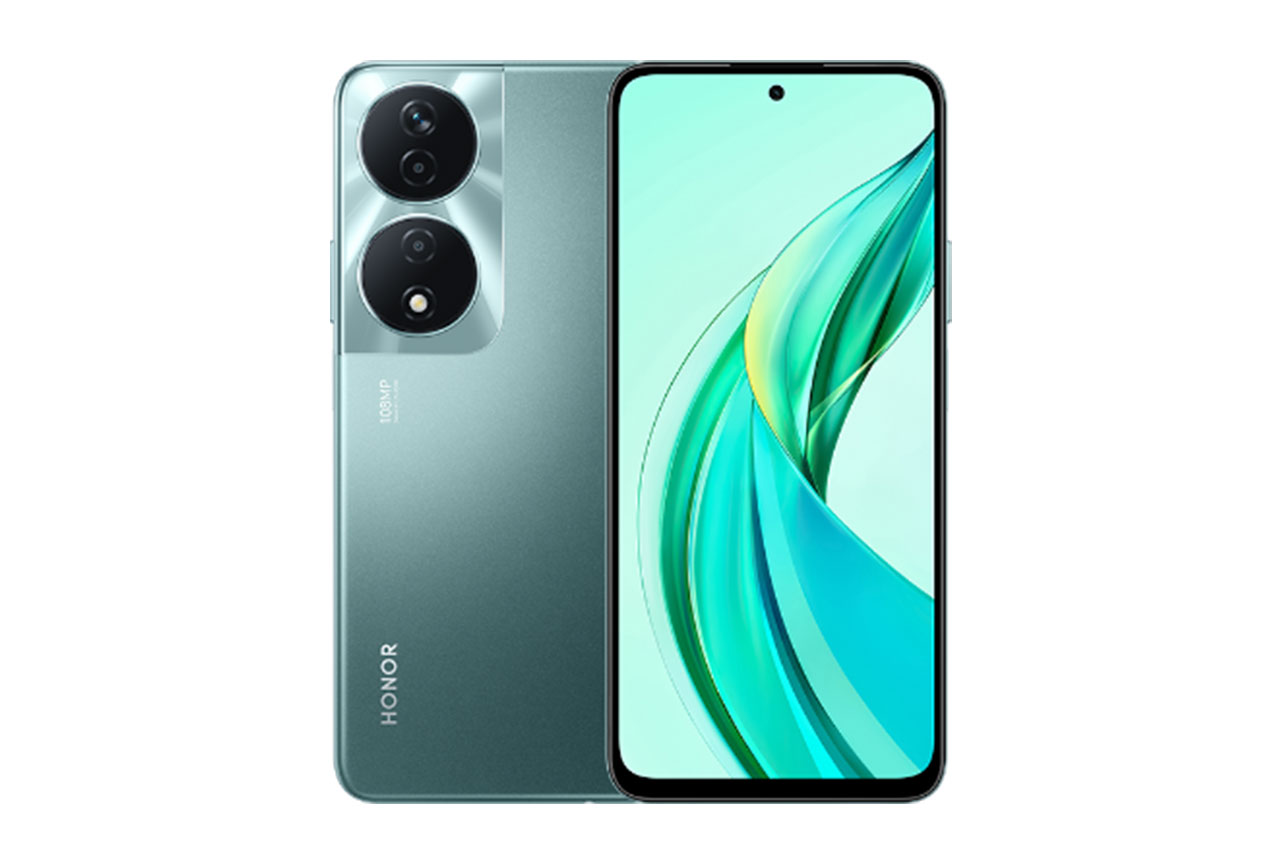 Honor 90 Smart
Honor 90 Smart


Pros
- Well-suited for dark lighting environment, with comfortable brightness and no flicker
- Colors remain accurate when viewing screen at an angle
- Well-managed frame mismatches when playing video games
Cons
- Poor video experience due to brightness and color
- Lacks brightness and details when used outdoors
- Very long response time to touches
- Strong loss of brightness and contrast when viewing the screen at an angle
The Honor 90 Smart put in a good display performance for a device in the Advanced ($200 to $399) category.
Unlike most of the other phones we test, which have OLEDs, the Honor 90 Smart is equipped with a liquid-crystal display, which nevertheless managed to reach a peak bright of 728 nits in our tests. While this level is impressive for this price category, it is not enough for comfortable viewing in an outdoor environment.
The Honor 90 Smart’s readability, however, was affected by a general lack of brightness and lack of detail. The display’s color would change whether indoors or outdoors. When in the shade or under sunlight, the screen’s colors showed green casts and when indoors, the cast was pink, and colors became too saturated.
In addition, while the screen did not show color shifts when viewed at an angle, the display lost much brightness and contrast mainly because of the screen technology.
Test summary
About DXOMARK Display tests: For scoring and analysis in our smartphone and other display reviews, DXOMARK engineers perform a variety of objective and perceptual tests under controlled lab and real-life conditions. Note that we evaluate display attributes using only the device’s built-in display hardware and its still image (gallery) and video apps at their default settings. (For in-depth information about how we evaluate smartphone and other displays, check out our articles, “How DXOMARK tests display quality” and “A closer look at DXOMARK Display testing.”
The following section gathers key elements of our exhaustive tests and analyses performed in DXOMARK laboratories. Detailed performance evaluations under the form of reports are available upon request. Do not hesitate to contact us.
Readability
Honor 90 Smart
164
Readability evaluates how easily and comfortably users can read still content (photos & web) on the display under different real-life conditions. DXOMARK uses its Display Bench to recreate ambient light conditions ranging from total darkness to bright sunlight. In addition to laboratory tests, perceptual analysis is also made in real-life environments.



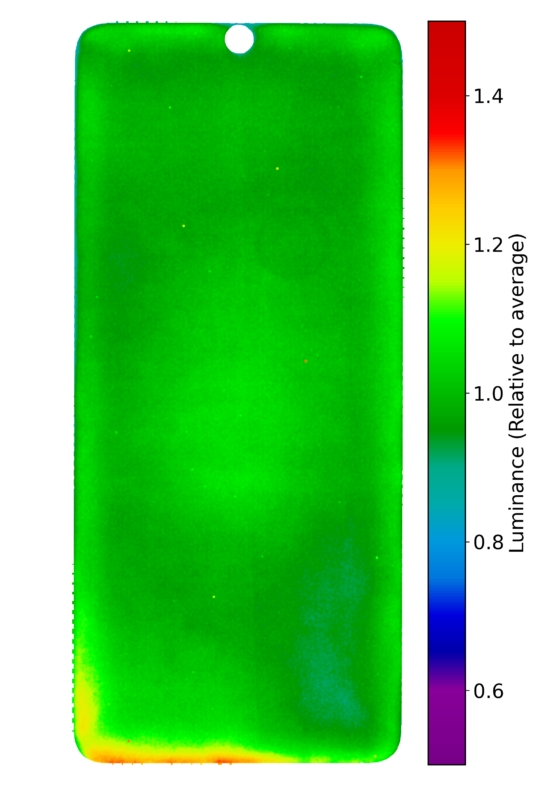
Color
Honor 90 Smart
165
The color attribute evaluates the capacity of the device to accurately reproduce colors. The measurements taken are for fidelity, white point color, and gamut coverage. We perform color evaluations for different lighting conditions to see how well the device can manage color in the surrounding environment. Colors are measured using a spectrophotometer in a controlled lighting environment. Perceptual analysis of color rendering is against the reference pattern displayed on a calibrated professional monitor.
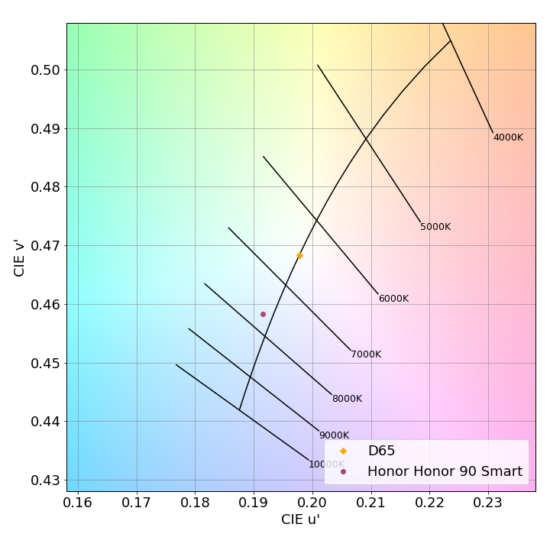





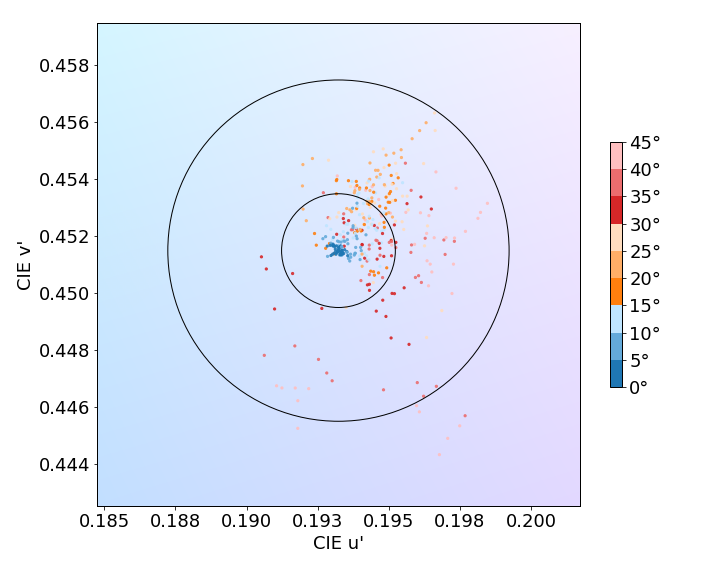
Video
Honor 90 Smart
167
Our video attribute evaluates the Standard Dynamic Range (SDR) and High Dynamic Range (HDR10) video handling of each device in indoor and low-light conditions. We measure tone mapping, color gamut, brightness and contrast of the display. We perform perceptual analysis against our professional reference monitor (Sony BVM-HX310) to ensure that the rendering respects the artistic intent.
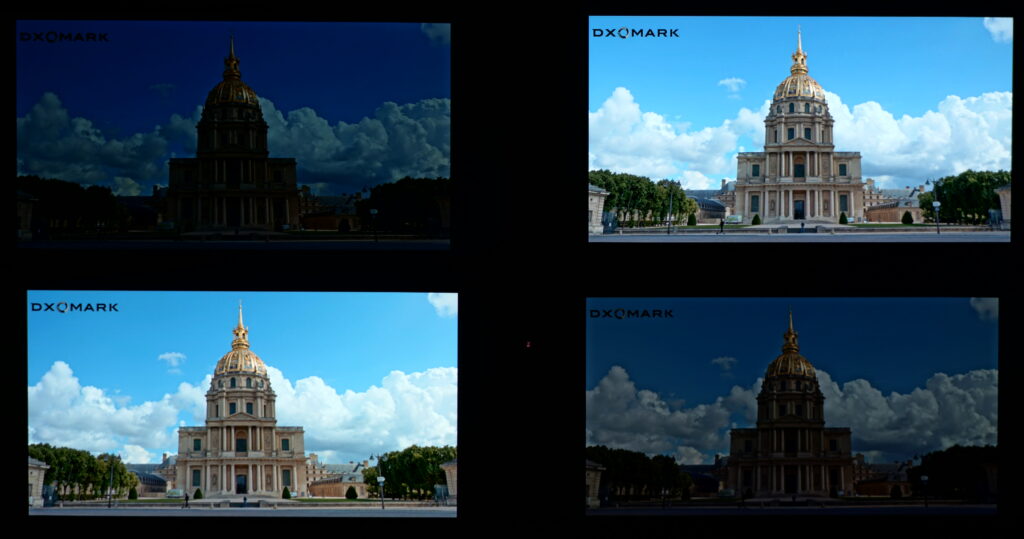

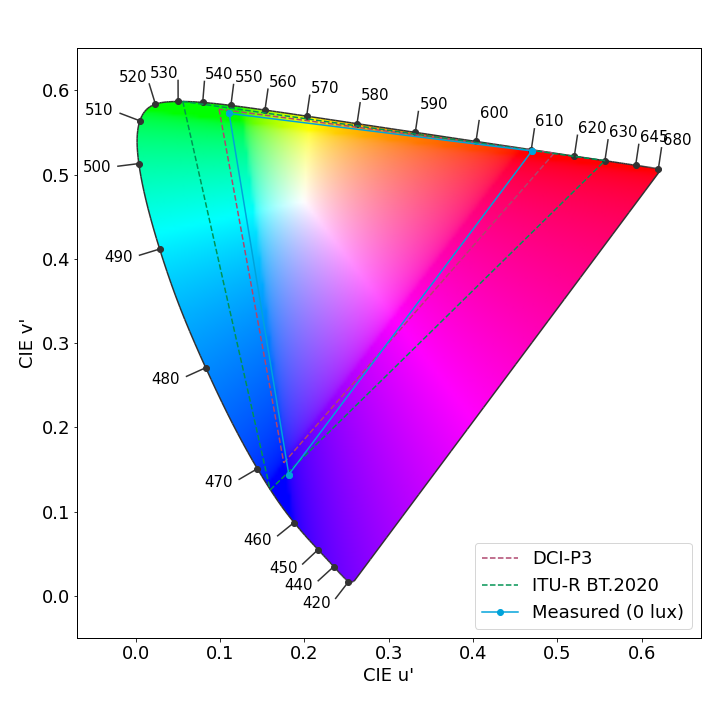
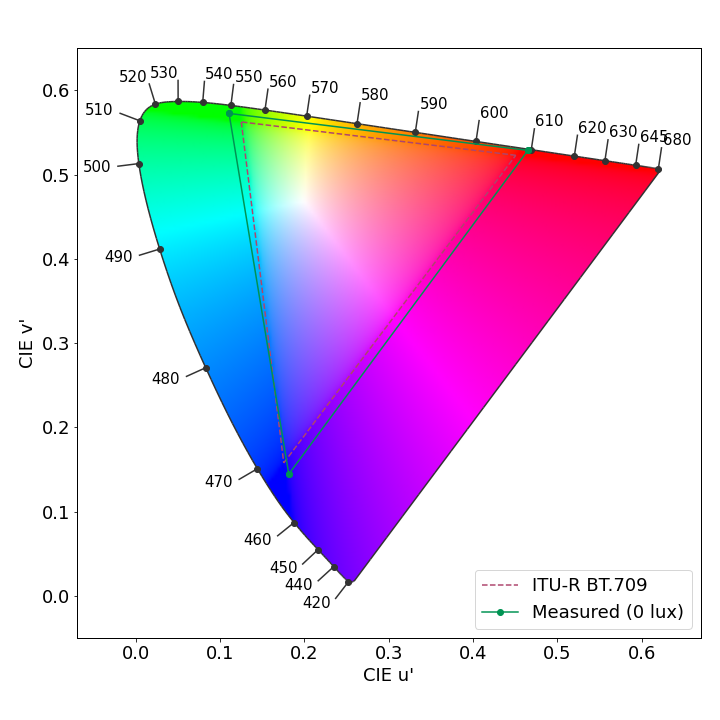
Motion
Honor 90 Smart
The motion attribute evaluates the handling of dynamic contents. Frame drops, motion blur, and playback artifacts are scrutinized using games and videos.


Touch
Honor 90 Smart
164
To evaluate touch, DXOMARK uses a touch robot and a high-speed camera to play and record a set of scenarios for smoothness, accuracy and response-time evaluation.
Artifacts
Honor 90 Smart
Evaluating artifacts means checking for the performance, image rendering and motion flaws that can affect the end-user experience. DXOMARK measures precisely the device’s reflectance and the presence of flicker, and assesses the impact of residual aliasing when playing video games, among other characteristics.
